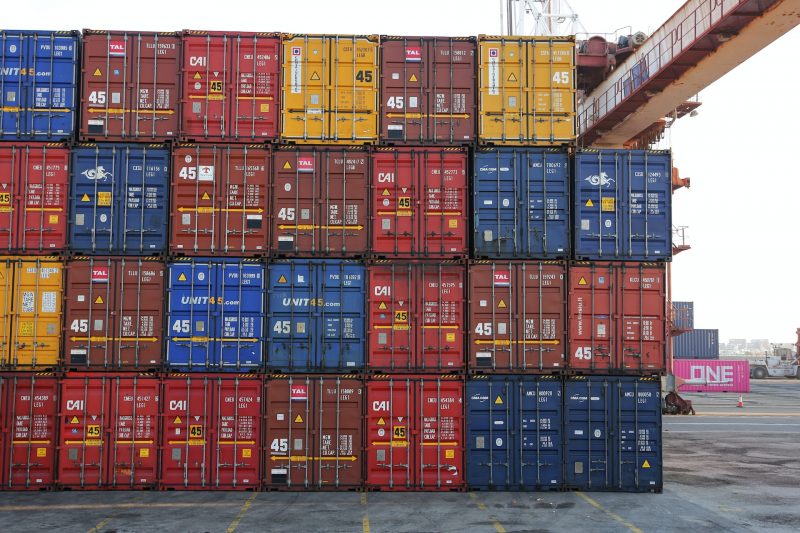For new truckers, it is essential to understand the rules around oversize load transportation. After all, it’s not just about size and weight—there are specific laws and regulations that must be followed to ensure a safe journey for everyone involved.
In this article, we will explain what an oversized load is and provide you with the most common examples of such loads.
What Is an Oversized Load?
In the trucking industry, oversize load transportation pertains to the shipment of cargo or load that exceeds the legal limits for size and weight set by a state or local authority. These loads can vary in size, shape, and weight.
However, most states consider oversized hauls as vehicles having a width of more than 8.5 feet, a height of more than 13.5 feet, and a gross vehicle weight of over 46,000 pounds. Also, your vehicle would be considered as oversized if it exceeds 48 feet in trailer length.
Unlike the usual types of loads, an oversize load requires special permits and may necessitate additional safety protection. These include over-dimensional signs, flashing lights, wide load banners, and flags to alert other drivers on the road of your oversize cargo.
The Most Common Types of Oversized Loads
To better understand what oversize load transportation is, let us take a look at some of the most common examples of oversized loads.
1. Construction Machinery and Equipment.
This category comprises the most common oversize loads that you see being transported. These pieces of construction machinery include excavators, bulldozers, cranes, backhoes, and other large heavy equipment.
2. Industrial Equipment.
Oversize load transportation is also required when shipping pieces of industrial equipment that are over-dimensional. These include items such as generators, boilers, turbines, and other heavy pieces of machinery used in industrial settings.
3. Building Components and Materials.
Apart from construction machinery and equipment, large building components, such as bridge beams, girders, and other over-dimensional construction materials, are also considered oversized loads.
This category also covers other special loads, such as windmill turbine blades and large cargoes for military applications.
4. Pre-Fabricated Homes
It can be challenging to transport pre-fabricated homes over long distances, as they usually exceed the legal size and weight limits set by most states. As such, oversize load transportation is necessary when shipping these types of loads over interstate highways.
5. Boats and Yachts
Lastly, we have boats and yachts. These are over-dimensional items that also require special protection measures, such as warning signs, flags, flashing lights, and banners, to ensure safe transportation through public highways.
Exclusions When Measuring Oversized Loads
It is important to note that when oversize load transportation is in question, certain items are excluded from measurement. These include the following:
● Non-property carrying devices that are placed at the front of the trailer
● Turn signal lamps
● Tire bulge induced by the load
● Mirrors, mud flaps, and other overhang devices
● Antennas
● Oversize load signs and flags
By knowing these exemptions, you will be able to make more informed decisions when transporting over-dimensional loads to remain compliant with the law.
Get the Necessary Permits for Oversized Loads Now!
Oversize load transportation is a complex process that involves obtaining permits from multiple sources. Thankfully, you can simplify things by seeking help from Reliable Permit Solutions, LLC!
We are an industry leader in helping truckers acquire the necessary trucking permits with ease. So, don’t wait any longer—get your oversize load permit with us today!

